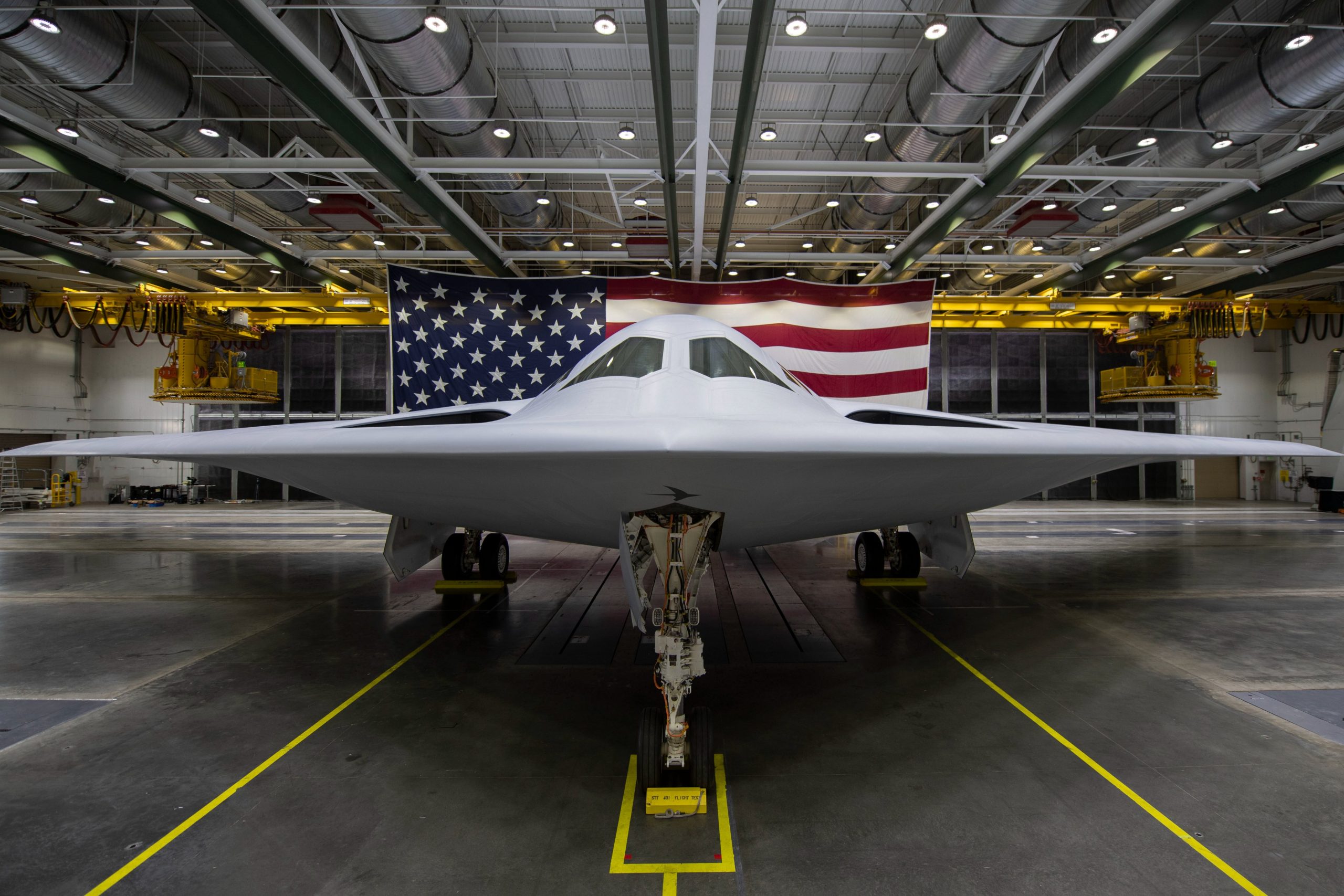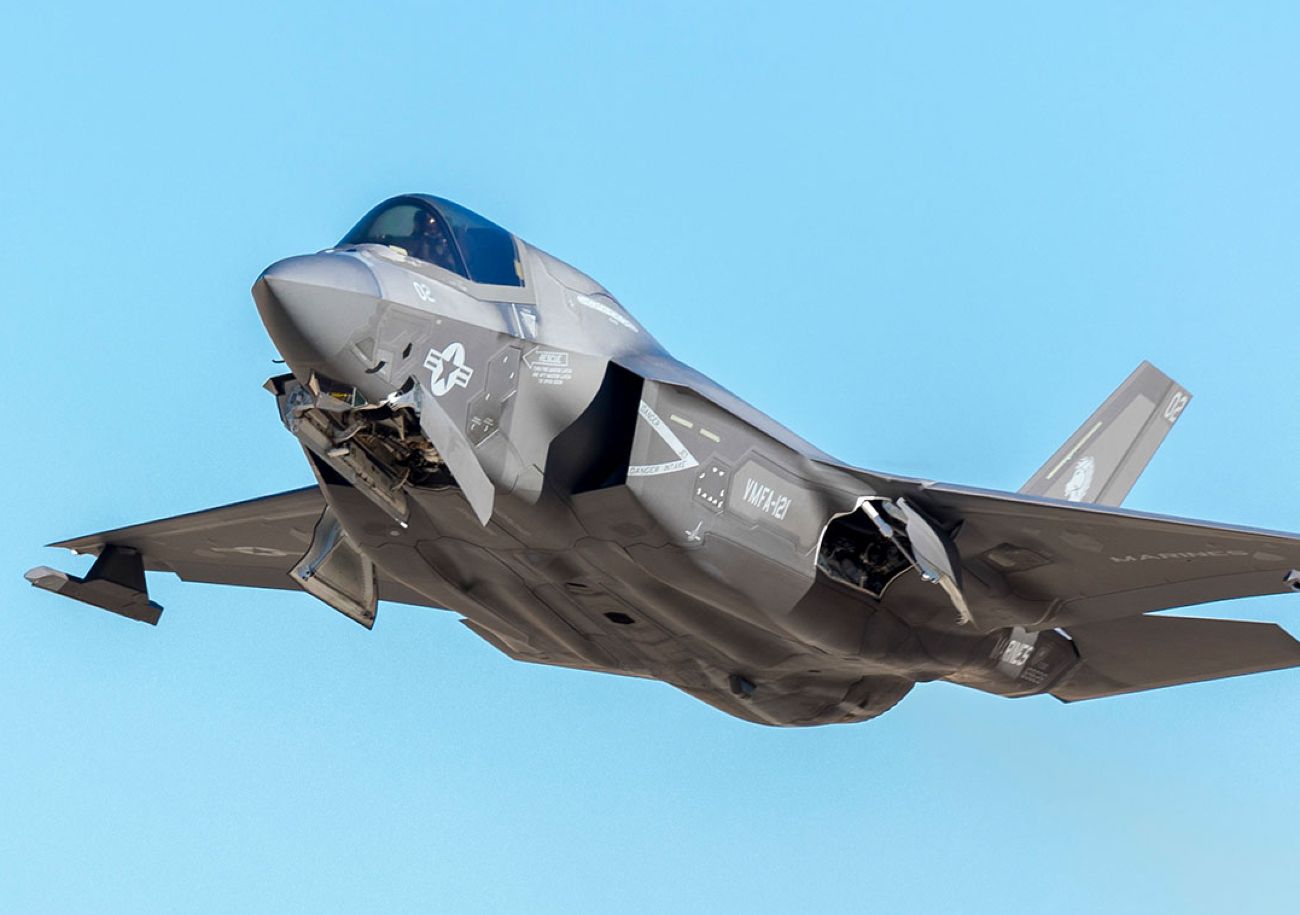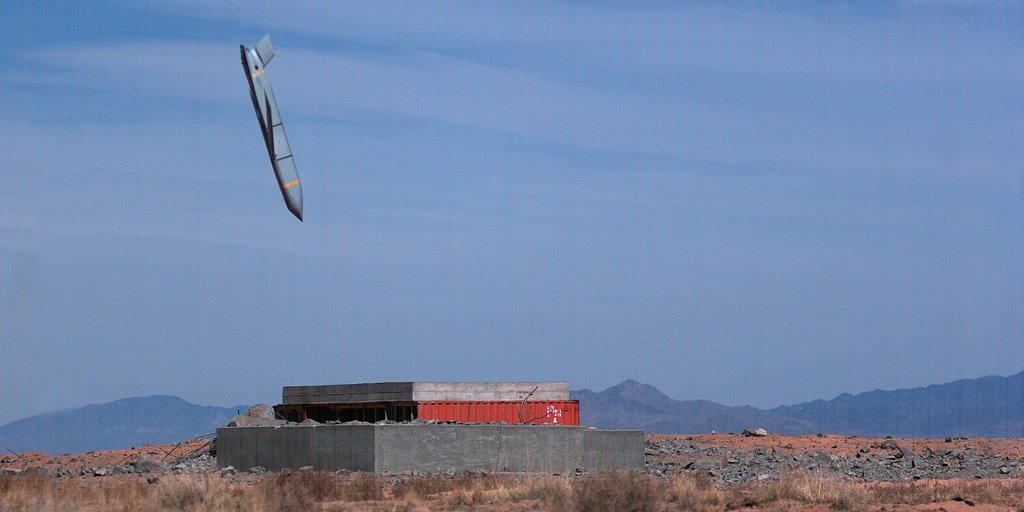American lawmakers have asked the Biden administration to consider sending the next-generation B-21 bombers to Australia as part of a congressional proposal put to the US Secretary of Defense.
The US representative for Washington’s 9th congressional district, Adam Smith, who until recently, chaired the House Armed Service Committee, had pushed for a study into the possible “conveyance of B-21 bombers” along with “leasing or conveyance of legacy United States submarines for Australia’s use.”
In a resolution contained in the National Defense Authorization Act for the fiscal year 2023, Smith, who is a Democrat, requests that US Defense Secretary Lloyd Austin launch an independent assessment of the “challenges” to implement AUKUS and to explore other alternatives to help America’s ally.
“Alternatives that would significantly accelerate Australia’s national security, including — (A) interim submarine options to include leasing or conveyance of legacy United States submarines for Australia’s use; or (B) the conveyance of B-21 bombers.”
Senior US Navy officials have, in the past, highlighted various bottlenecks that would hamper the construction of the nuclear-powered submarines for Canberra at American shipyards.
Interesting comment in US House of Representatives Resolution on #AUKUS, nuclear powered subs, and B-21s for Australia… thanks to @Marcus_ASPI for sharing. Source: https://t.co/Q2DR01ihGf pic.twitter.com/qqdHBH6L7U
— Dr. Malcolm Davis (@Dr_M_Davis) February 3, 2023
The first submarine under the AUKUS initiative, which is most likely a version of the US Virginia class attack, will not be operationally available until the early 2040s, and the last vessel by 2060.
Meanwhile, the Americans are already making struggling attempts to shorten the construction time of their ballistic missile capability (SSBN) USS Columbia nuclear submarine at overworked shipyards such as the General Dynamics Electric Boat (GDEB) in Connecticut.
“If we were going to add additional (Australian) submarine construction to our base, that would be detrimental. I think that exists for both the US and the UK,” said Rear Admiral Scott W. Pappano, Program Executive Officer, Strategic Submarines, during an interaction in September last year.
According to former US Defense Department (DoD) official Marcus Hellyer, the lawmakers are concerned about the risks surrounding the AUKUS enterprise and wanted to understand them better.
“In light of the risks, it makes sense for it to direct the US Department of Defense to examine a range of ways to increase Australia’s military capability as fast as possible — including looking at the B-21 bomber,” Dr. Hellyer told ABC.
The B-21 Raider is a heavy strategic stealth bomber designed to carry both nuclear and conventional weapons. It was unveiled on December 3 in Palmdale, California, after being under development for seven years.

The Raider is expected to make its first flight this year, eventually replacing the US Air Force’s (USAF’s) B-1 and B-2 bombers.
The range and payload of the aircraft remain unknown, but experts suggest the stealth bomber can travel as far as 9,600 kilometers and carry a weapons payload of 10 tons.
Of late, Australian defense experts are urging their government to buy the advanced B-21 stealth bombers from the US to acquire long-range strike capability against China.
According to a recent report by the Australian Strategic Policy Institute (ASPI), which examines various options that could increase the Australian Defense Force’s (ADF’s) strike power by 2032–33, a B-21 Raider can complete missions that the country’s existing F-35A cannot complete in any circumstances.
A Single B-21 Equivalent To Six F-35A Fighters
The Australian government’s 2020 defense strategic update called for investment in long-range strike capabilities to counter China’s growing threat to its security.
Although China is 7,400 kilometers from Australia, Canberra perceives Beijing as a threat. It remains concerned about China’s growing military capabilities and the prospect of getting dragged into a more significant US-China conflict in the Indo-Pacific region.
Experts note that the presence of US military facilities in Australia, such as the Northwest Cape and Pine Gap, makes Australia a target of long-range strikes from China in a Sino-American conflict over Taiwan.
As earlier reported by EurAsian Times, Australia has already purchased JASSM-ER (Joint Air-to-Surface Standoff Missile – Extended Range) missiles to equip its Super Hornets and F-35A Lightning II jets, allowing the RAAF to engage targets at a range of up to 900 kilometers.

However, the F-35A cannot reach the South China Sea without aerial refueling. Even then, in the middle of a conflict, the availability of aerial tankers is doubtful over contested airspace.
Furthermore, the effective combat radius of the F-35A is only about 1,000 kilometers, and with a tanker aircraft, it could be extended to around 1,500 kilometers.
It means that even if the F-35As are armed with JASSM-ER missiles, the RAAF could only engage targets up to a maximum range of 2,500 kilometers, which is not enough to cover all of China.

China already has long-range strike capability over all of Australia, including long-range bombers and missiles that could take out the F-35As on the ground before they are even put into action.
Therefore, B-21 Raider could be a game-changer for Australia, as it can reach far out into the Indo-Pacific without needing tanker support.
Also, a B-21 can carry significantly more munitions than an F-35. While the stealth bomber’s exact payload is unknown, the ASPI report assumes the payload could be around 75%–80% of the older B-2 stealth bomber.
Accordingly, the report states that a B-21 could carry around 12 anti-ship strike missiles compared to the F-35A’s two, or it could carry about 50–60 direct attack weapons such as 500-pound JDAMs (Joint Direct Attack Munitions), compared to eight carried by the F-35A.
A single B-21 can probably carry ordnance equivalent to at least six F-35As.
Extremely long-range, advanced stealth technology and massive ordnance enable the B-21 to operate alone, which is advantageous compared to the ‘standard’ strike package, which includes dozens of strike aircraft and several other support assets.
For example, in the case of Australia, which has limited numbers of support assets, a strike package of six F-35As operating at the limits of their refueled range would require several tankers out of only the seven that Royal Australian Air Force (RAAF) has.
Also, such a strike package would no longer remain stealthy, meaning it would need a couple of EA-18G Growler aircraft to suppress the enemy’s air defense system. These Growlers would also require tankers.
In addition, the strike package would also include the E-7A Wedgetail AWACS platform for airspace battle management, which may require its fighter escorts and refuellers.
Compared to that, a B-21 may not require a tanker at all, and it can carry as much ordnance as can be carried by six F-35As; plus, it is a stealthy platform. All this means the entire battle plan can be simplified, executed faster, and with fewer possibilities of disruption.
Also, the ASPI report notes that for the strike package of F-35As to reach its target, it would need to operate from the northern part of Australia, where fuel is limited and has to be resupplied from southern Australia via railway or fleet of trucks.
The B-21 could be positioned deep inside southern Australia, which is more easily supplied with fuel and munitions and far outside the range of various adversary threat systems.
- Contact the author at tanmaykadam700@gmail.com
- Follow EurAsian Times on Google News




